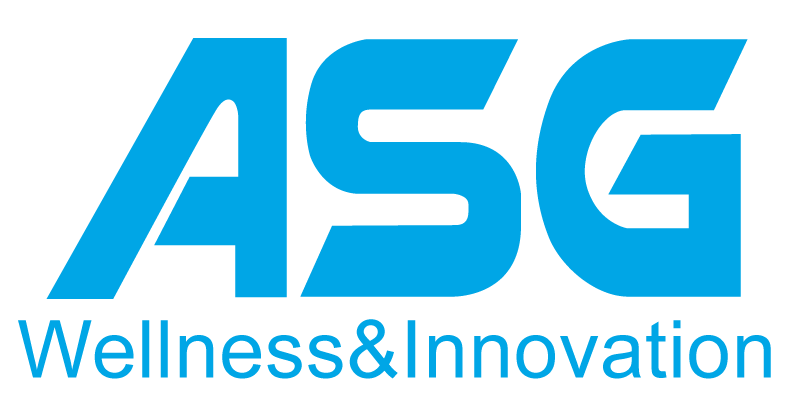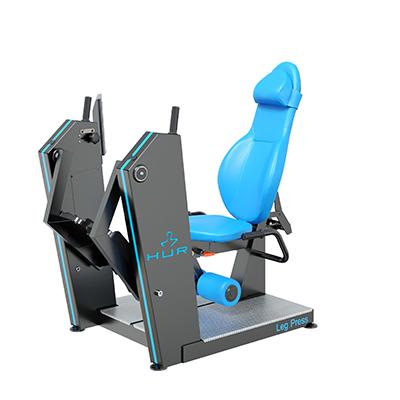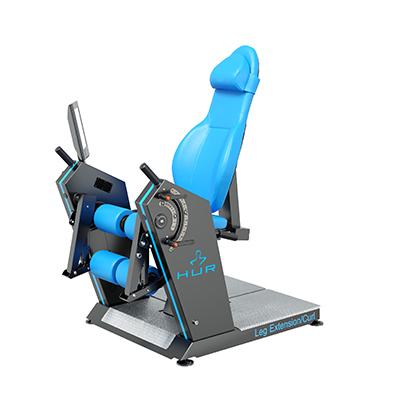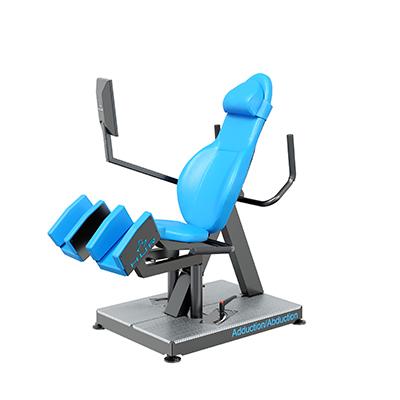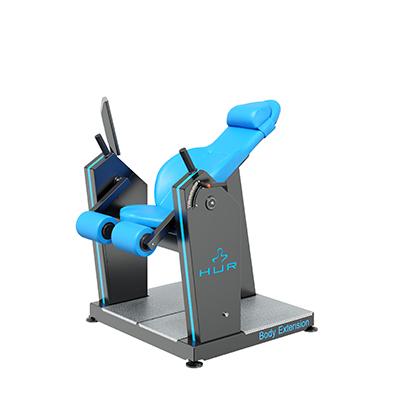HUR MEDICAL CONCEPTS
Hip & Knee Rehabilitation
Osteoarthritis (OA) is the most common chronic condition of the joints, and occurs most often in hips and knees. Degenerative diseases of the joints have become the primary cause of pain and reduced health related quality of life, especially in senior population.
Knee injuries may be caused by e.g. abnormal twisting or bending of the knee or falling on the knee. Take for an example during sports. Professional athletes who sustain knee injuries often require surgical treatment to restore the stability of the knee.
There is a clear consensus that controlled regular daily physical activity and exercise training are major contributing factors in prevention, treatment and rehabilitation. Initial treatment should aim to restore range of movement with reasonable loading, and within the initial pain tolerance. Patience is essential since physiological changes are slow, and an individually tailored exercise training program is essential to the healing process.
The duration of an exercise training intervention could be three months with an ongoing program afterwards.
The HUR hip and knee concept helps the rehabilitation professional to provide best practice of exercise-as-medicine, based on the latest international treatment guidelines, enabling the earliest return to daily life and activity.
Degenerative joint diseases Osteoarthritis (OA), sometimes called Degenerative joint disease or Degenerative arthritis, is the most common chronic condition of the joints, and occurs most often in hips and knees. Among adults 60 years or older, the prevalence of symptomatic knee OA is approximately 10% in men and 13% in women, and the number of people affected with symptomatic OA is likely to increase due to the aging of the population and the obesity epidemic. OA is also the most common reason for total hip and total knee replacement.
The effectiveness of exercise in hip and knee OA is well recognized to improve muscle function, prevent abnormal movement and restore normal biomechanics of hip and knee.
In addition, it has been shown that strength training and weight reduction decrease the pain experience and regular medication use and prolong the time until total joint replacement.

Knee injuries
Anterior cruciate ligament (ACL) injuries are among the most common knee injuries. It is one of the four major ligaments providing stability to the knee when moving and playing sports. The other major ligaments providing stability to the knee are posterior collateral ligament (PCL), medial collateral ligament (MCL), and lateral collateral ligament (LCL). The ACL plays the most important role in stabilizing the knee by preventing anterior tibial displacement.
After a knee injury, regardless of whether surgery will take place or not, rehabilitation focuses on regaining range of movement, strength, proprioception and stability, in addition to reducing swelling and pain during the acute phase of an injury.

Greater attention to involved lower extremity eccentric strength may greatly enhance patient function following knee rehabilitation. Restoring involved lower extremity strength and power within 80% – 90% of the non-involved lower extremity before sport-specific training is recommended.

Muscular strength test has been proposed to be an important tool to determine if an athlete can return to competitive sports after ACL reconstruction.
Outcome measures

In order to gather information on the baseline status and effectiveness of the rehabilitation process, each patient is evaluated in several ways. Objective measures for range of movement, strength and stability, and questionnaires related to an individual’s experience of pain and health-related quality of life (if appropriate) are utilized. In addition, soreness and swelling are evaluated.
The maximal isometric strength of knee and hip can be evaluated by the HUR Performance Recorder for the assessment of side-to-side differences and to document changes in strength after the intervention.
The Performance Recorder can be directly connected to all HUR exercise machines equipped with the isometric testing sensor attachment.

Recommended HUR equipment for hip and knee rehabilitation
A gentle and versatile method for hip and knee rehabilitation
The intelligent HUR equipment for rehabilitation, exercise and testing enables the user to start rehabilitation early and safely, whatever the hip or knee disability. The core of the HUR equipment is HUR’s Natural Transmission with pneumatic technology, and the HUR SmartTouch intelligent software, which together offer the following features:
- safe natural movement with air resistance
- resistance is adapted in accordance with the production of force,
- regardless of the speed of the movement
- close to zero starting load
- 100 g/1 kg increments in resistance
- range limiters
- additional support
- connected outcome measures to document the effectiveness
- individual programs
- automatic setup of position (lever arms and back support), load and repetitions
- automated reporting
- touch screen

MORE INFORMATION
For a free consultation or other information please contact ASG Wellness sales team:
Email: [email protected]
Hot-line: 092-819-1618
Phone: 02-416-1666 (Auto)
Line@: @asgwellness
